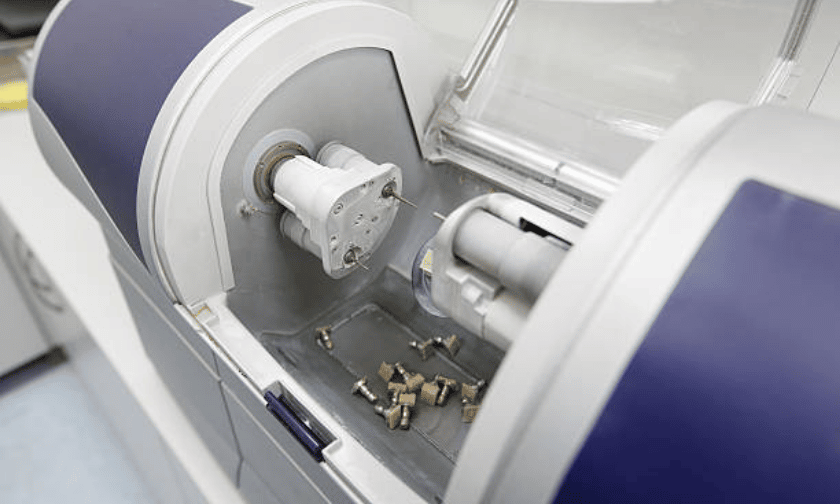Top Family, Cosmetic and Implant Center In 537 Amherst St, Nashua, NH 03063
CAD/CAM Dental: Revolutionizing Dentistry With Cutting-Edge Technology

In the ever-evolving landscape of modern dentistry, technological advancements continue to reshape the way dental procedures are conducted. One such breakthrough that has gained significant attention is Computer-Aided Design and Computer-Aided Manufacturing, commonly known as CAD/CAM technology. This innovative approach has not only streamlined traditional dental practices but has also opened up new horizons of precision, efficiency, and patient satisfaction.
CAD/CAM Dental technology marks a significant departure from traditional dental techniques, replacing manual processes with computer-driven precision. This technology encompasses both design (CAD) and manufacturing (CAM), offering a comprehensive solution that empowers dental professionals to create highly accurate and customized dental restorations.
The Components Of CAD/CAM System
A typical CAD/CAM setup comprises several key components, including digital scanners, design software, milling machines, and 3D printers. These seamlessly integrated tools enable dentists to capture oral structures digitally, design restorations virtually, and fabricate them with unparalleled accuracy.
Benefits Of CAD/CAM In Dentistry
Increased Precision and Accuracy
CAD/CAM technology eliminates the potential for human error in manual fabrication processes. With digital impressions and computer-guided designs, the chances of ill-fitting restorations are minimized, leading to improved treatment outcomes.
Time and Cost Efficiency
The digital workflow of CAD/CAM significantly reduces the time required for restoration production. Patients spend less time in the chair, and dental professionals can optimize their schedule, ultimately increasing practice efficiency.
Enhanced Patient Experience
The discomfort often associated with traditional impression materials is eliminated, replaced by non-invasive digital scans. Patients experience a more pleasant and efficient procedure, contributing to higher levels of patient satisfaction.
CAD/CAM Applications In Different Dental Procedures
Crowns and Bridges Fabrication
CAD/CAM has revolutionized the creation of crowns and bridges. The process involves digital impressions, virtual crown design, and milling of the final restoration from a solid block of material, ensuring a precise fit.
Implant Manufacturing
Implant-supported restorations benefit from CAD/CAM technology, as it enables accurate mapping of implant placement and the design of custom abutments and crowns for seamless integration.
Inlays and Onlays Production
CAD/CAM facilitates the crafting of inlays and onlays, allowing for conservative and aesthetically pleasing restorations that blend seamlessly with the patient’s natural dentition.
Orthodontic Aligners Crafting
The technology is not limited to prosthetics; it’s also used in orthodontics. CAD/CAM aids in the design and fabrication of clear aligners, offering patients a discreet and effective alternative to traditional braces.
The Workflow Of CAD/CAM Dentistry
The CAD/CAM process involves three main stages:
- Digital Scanning of Oral Structures: Intraoral scanners capture precise digital impressions of the patient’s oral cavity, eliminating the discomfort and limitations of traditional impression materials.
- Virtual Designing of Prosthetics: Dentists use specialized software to design restorations virtually, tailoring them to the patient’s unique anatomy and requirements.
- Computer-Aided Manufacturing Process: Once the design is finalized, CAM takes over. Milling machines or 3D printers carve the restoration from a solid block of material with unparalleled accuracy.
The Future Landscape Of Dental Industry
The dental industry is poised for a digital transformation. CAD/CAM is a harbinger of change, promising improved patient care and practice efficiency.
In the rapidly evolving world of dentistry, CAD/CAM technology stands as a beacon of innovation. Its ability to enhance precision, efficiency, and patient experience makes it an invaluable tool for dental professionals. As the technology continues to advance and integrate with other cutting-edge solutions, the future of dentistry looks brighter than ever.



